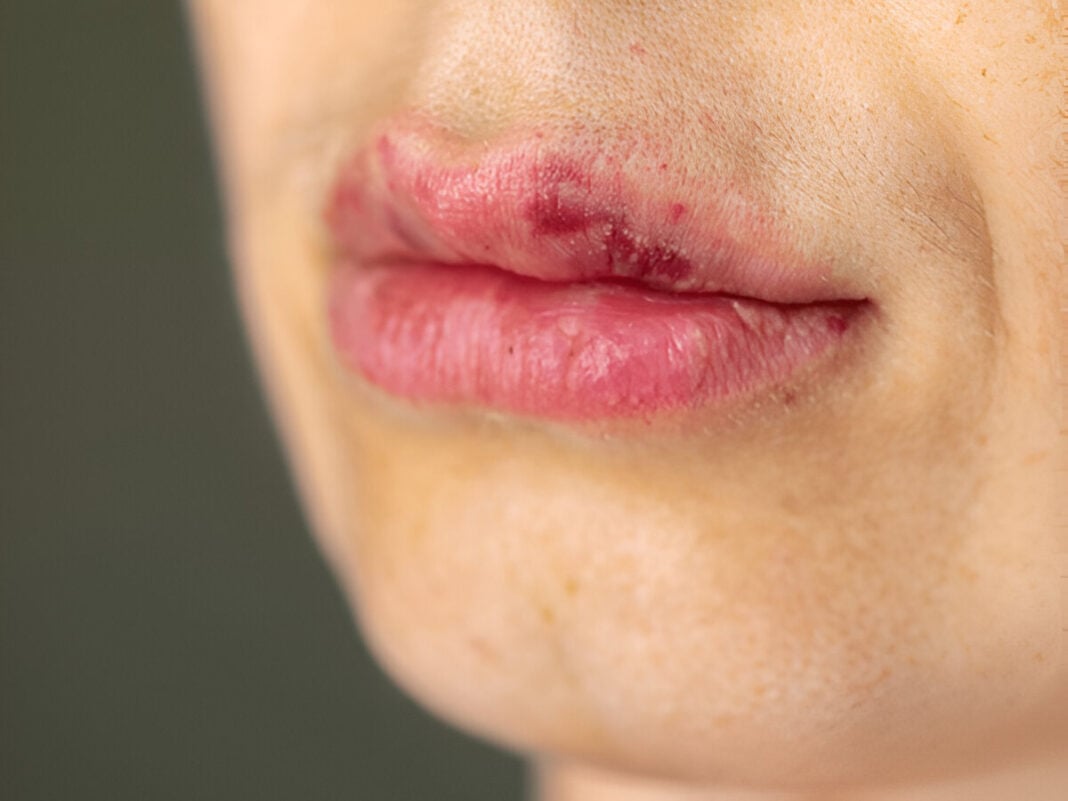Dermal fillers have become a cornerstone of modern aesthetic dermatology, offering instant facial rejuvenation with minimal downtime. But while they are generally safe, not every procedure ends with a satisfied smile. Occasionally, cosmetic fillers can go wrong, leading to inflammatory skin conditions such as granulomas, delayed hypersensitivity reactions, or even triggering autoimmune responses. These rare but distressing complications underscore the importance of understanding both the science and safety of injectable aesthetics.
The Basics: What Are Dermal Fillers?
Cosmetic fillers are injectable substances used to restore volume, contour the face, and smooth out wrinkles. The most common types include:
- Hyaluronic acid (HA) fillers (e.g., Juvederm, Restylane)
- Calcium hydroxylapatite (e.g., Radiesse)
- Poly-L-lactic acid (e.g., Sculptra)
- Polymethylmethacrylate (PMMA) (e.g., Bellafill)
Each filler type has unique properties, but all carry the potential to trigger unwanted immune or inflammatory responses under certain conditions.
When Enhancements Backfire: Common Inflammatory Reactions
1. Nodules and Granulomas
One of the most feared complications is the development of delayed-onset nodules or granulomas, which are firm lumps that appear weeks to months after injection.
-
Granulomas are chronic inflammatory responses, often caused by the body reacting to the filler as a foreign substance.
-
This is more common with non-HA fillers, such as PMMA or poly-L-lactic acid, but can also occur with HA-based products.
-
Triggers may include systemic illness, dental work, or viral infections that reactivate immune surveillance in filler-injected sites (Alijotas-Reig et al., 2013).
Treatment typically involves intralesional corticosteroids, hyaluronidase (for HA fillers), or even surgical excision in severe cases.
2. Delayed Hypersensitivity Reactions
These reactions are type IV hypersensitivity responses that manifest days to months post-injection, often presenting as swelling, redness, warmth, and tenderness at the injection site.
-
They may be triggered by infection, vaccination, or trauma.
-
COVID-19 vaccines have been associated with a small number of such reactions in patients with existing fillers (Munavalli et al., 2021).
-
In most cases, symptoms resolve with oral steroids or antihistamines, but some may require drainage or further intervention.
3. Filler-Induced Rosacea or Acneiform Eruptions
Though rare, some patients report rosacea flares or acneiform eruptions after filler treatments, possibly due to mechanical stimulation or low-grade inflammation.
-
This may be more frequent in individuals with pre-existing skin conditions or sensitivity.
-
Management involves a combination of topical metronidazole, oral antibiotics, and sometimes temporary filler dissolution.
Why Do These Reactions Happen?
Several factors contribute to inflammatory responses after cosmetic fillers:
- Biofilm formation: Low-grade infections caused by bacteria that become encapsulated within the filler material. These are hard to detect and treat.
- Allergic or immunogenic responses: Even though most modern fillers are non-animal derived and biocompatible, individual variability can cause adverse immune reactions.
- Incorrect injection technique: Poor aseptic technique or improper filler placement can increase the risk of complications.
- Systemic immune events: Illness, dental procedures, or vaccinations may “unmask” latent filler inflammation.
The Role of Autoimmune Skin Diseases
There’s growing interest in how fillers may trigger or exacerbate autoimmune skin conditions such as lupus, sarcoidosis, or dermatomyositis, especially in genetically predisposed individuals.
-
Sarcoidal granulomas have been reported post-filler injection, particularly with PMMA or calcium hydroxylapatite.
-
A biopsy is often needed to distinguish these from infectious granulomas or foreign body reactions (Grunebaum et al., 2009).
Prevention and Best Practices
While complications can’t always be prevented, risk mitigation is possible through:
- Careful patient screening: Including autoimmune disease history, allergies, and prior filler experiences.
- Choosing reversible fillers: HA fillers can be dissolved with hyaluronidase if necessary.
- Using aseptic technique: Reduces the risk of biofilm-related infections.
- Educating patients: Let them know to report delayed symptoms, especially after illness or vaccination.
- Layered treatment plans: Gradual volume restoration over time is safer than large, single-session injections.
Treatment Strategies for Inflammatory Reactions
Managing filler-induced inflammation depends on the cause and severity:
- Mild swelling or erythema: Cold compresses, antihistamines
- Delayed nodules: Intralesional steroids, hyaluronidase for HA fillers
- Infectious biofilms: Oral antibiotics like doxycycline or clarithromycin
- Autoimmune activation: Multidisciplinary care with rheumatology or immunology
Importantly, early recognition and intervention can prevent complications from becoming disfiguring or permanent.
Cosmetic fillers have revolutionized non-surgical aesthetics, but they are not without risk. In rare cases, fillers can trigger inflammatory skin conditions, ranging from mild swelling to granulomatous diseases. As cosmetic procedures become more accessible and common, it’s essential for practitioners and patients alike to be informed about these potential complications. Dermatologists must continue to refine injection techniques, patient screening, and post-procedure protocols to ensure safety and satisfaction.
Cosmetic enhancement should never come at the cost of skin health. With the right knowledge and precautions, the benefits of fillers can be enjoyed without unwanted surprises.
References
- Alijotas-Reig, J., Garcia-Gimenez, V., Vilardell-Tarres, M. (2013). Delayed immune-mediated adverse effects related to polyalkylimide and acrylic hydrogel dermal fillers: clinical findings and long-term follow-up. Dermatologic Surgery, 39(3), 457–462. https://doi.org/10.1111/dsu.12073
- Grunebaum, L. D., Carruthers, J. D., & Carruthers, A. (2009). Postinflammatory nodules after soft tissue augmentation. Dermatologic Surgery, 35(s2), 1675–1682. https://doi.org/10.1111/j.1524-4725.2009.01381.x
- Munavalli, G. G., Guthridge, R., Knutsen-Larson, S., Brodsky, A., & Lupo, M. P. (2021). COVID-19/SARS-CoV-2 virus spike protein–related delayed inflammatory reaction to hyaluronic acid dermal fillers: A challenging clinical conundrum in aesthetic dermatology. Journal of Cosmetic Dermatology, 20(10), 2684–2690. https://doi.org/10.1111/jocd.14255











